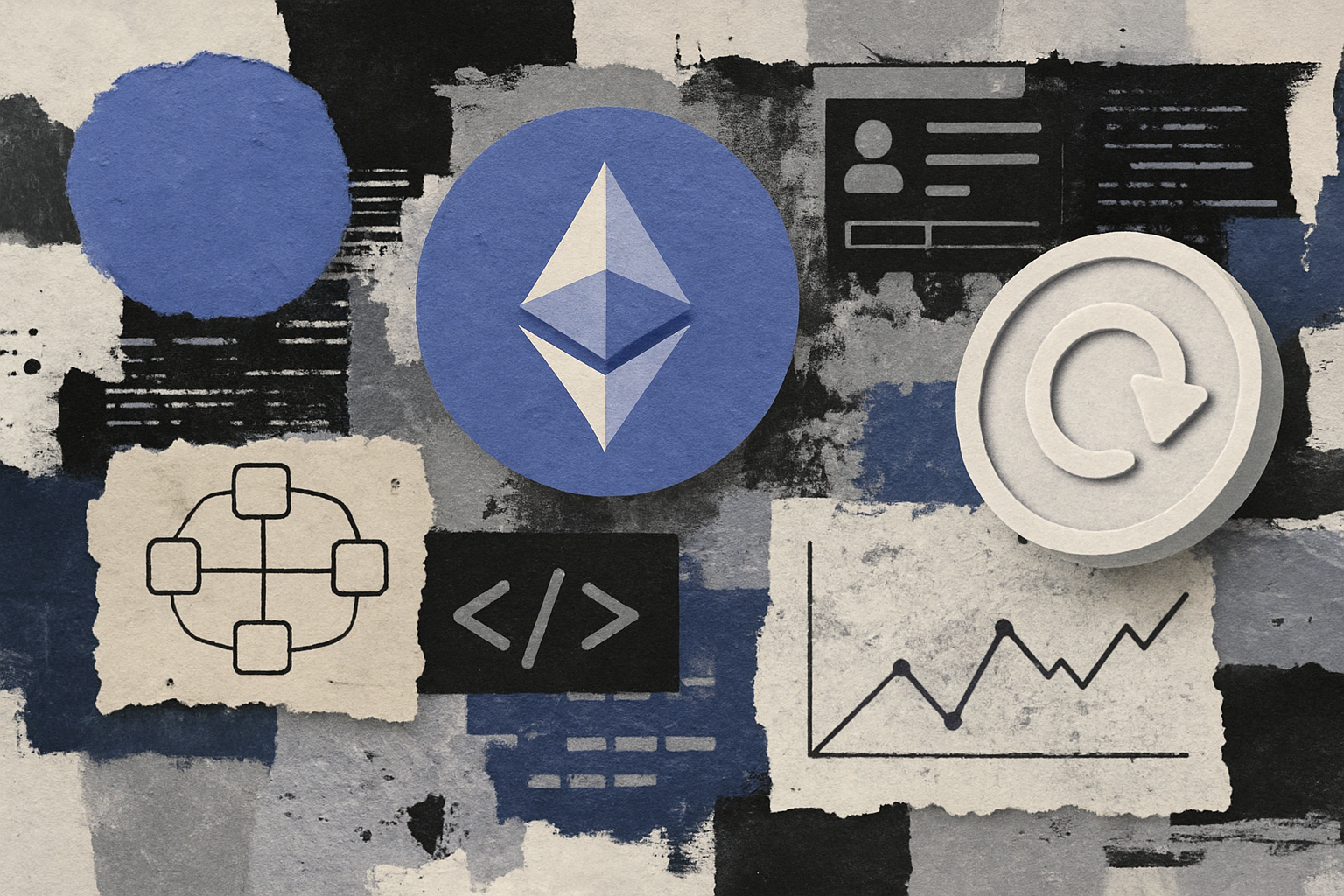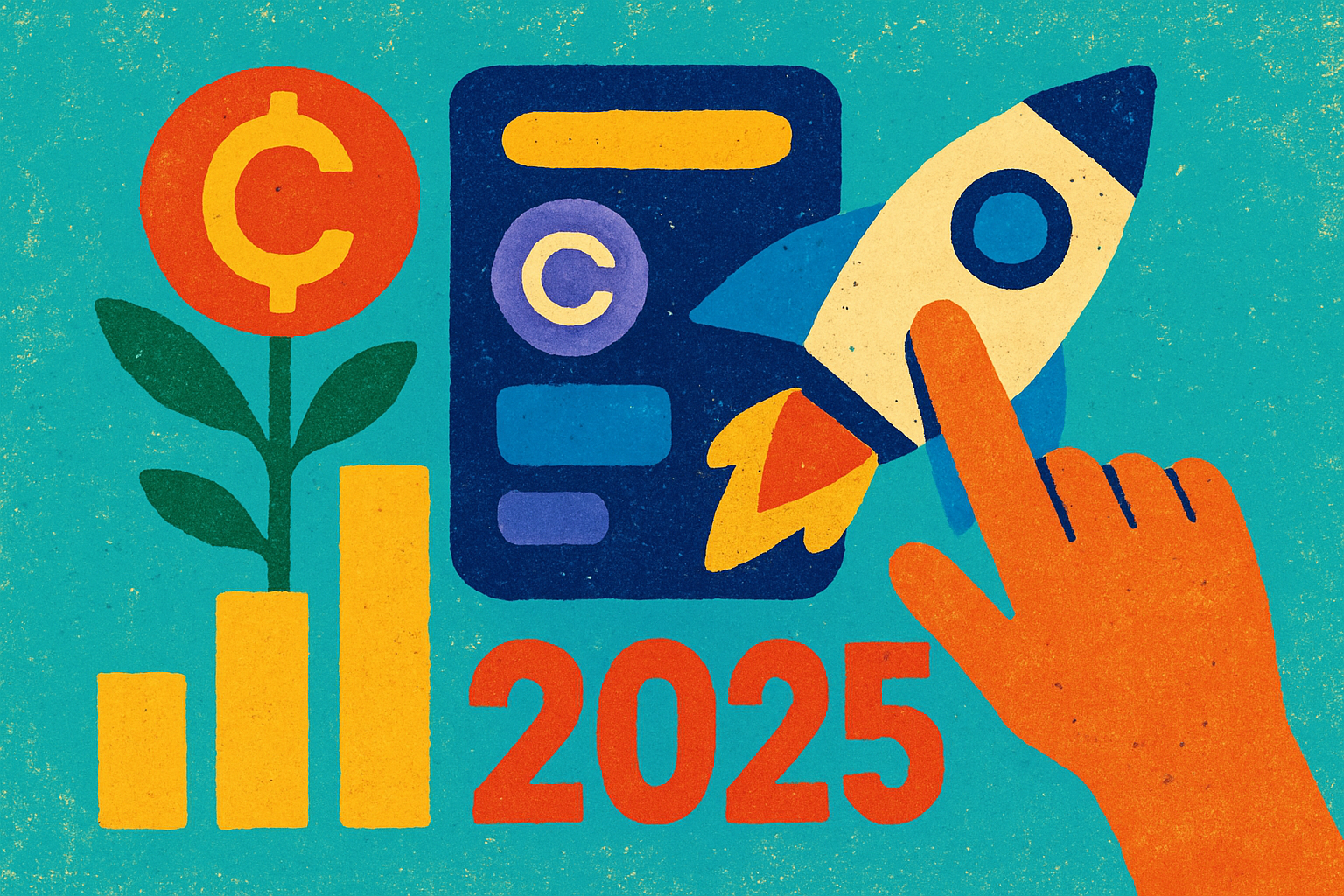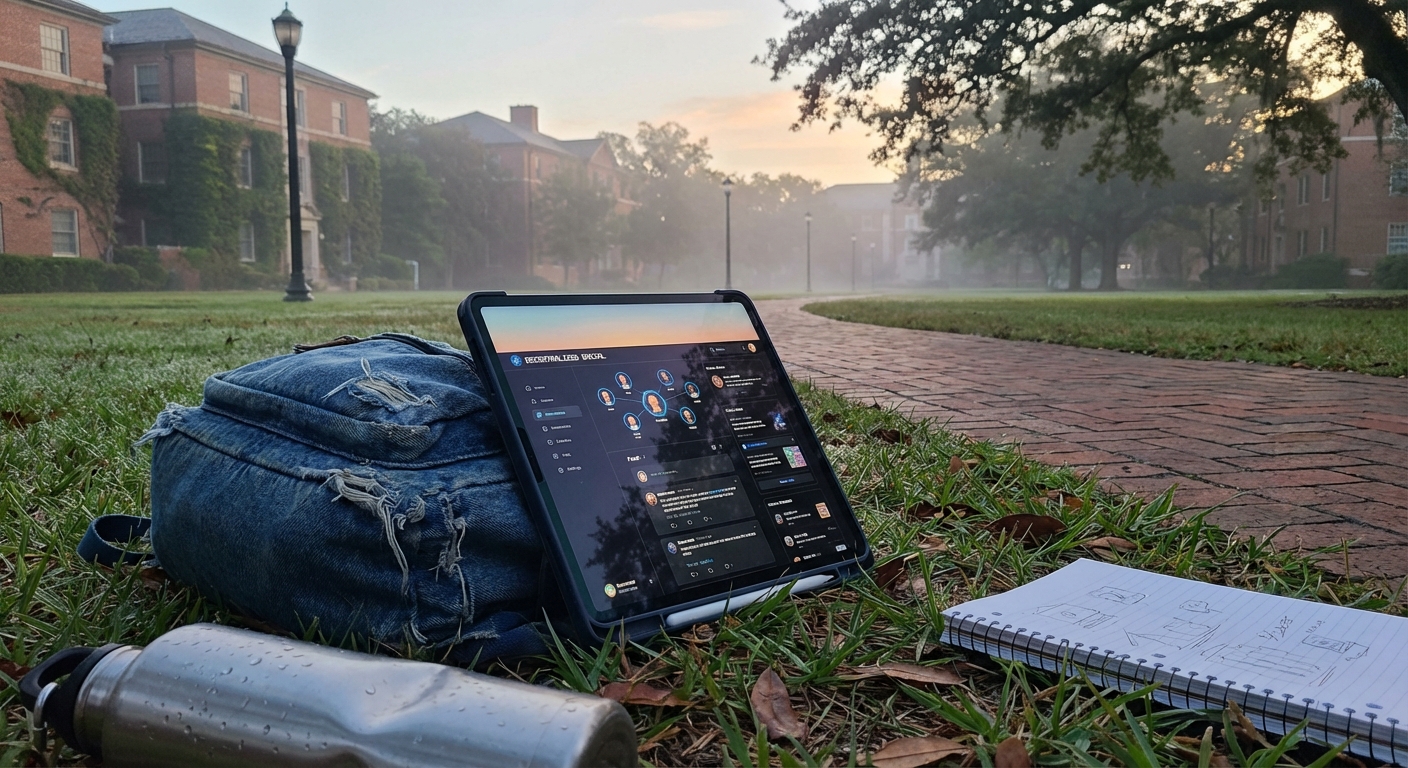
Web3 social media is evolving fast, and Lens Protocol Open Actions are at the center of this transformation. With the release of Lens Protocol Version 2, the platform has shifted from being just a decentralized social graph to a programmable, interactive ecosystem where users can automate on-chain actions directly from their social feeds. This new paradigm is not only changing how we interact online but also opening up a world of possibilities for developers and creators looking to build more engaging, efficient, and composable decentralized apps.

What Are Open Actions? The Heartbeat of Automated Web3 Social
Open Actions are a breakthrough feature that lets users execute external smart contract actions right from their Lens content posts. Imagine minting an NFT, joining a DAO, or swapping tokens, all without leaving your Lens-powered app. With Open Actions, every publication becomes an interactive gateway to the broader Web3 universe.
This innovation is built on top of Lens’s modular smart contracts architecture, which already enables users to truly own their online identity and content. Now, by integrating Open Actions, developers can craft seamless user experiences that blend social interaction with on-chain utility. For example:
Real-World Use Cases for Lens Protocol Open Actions
-
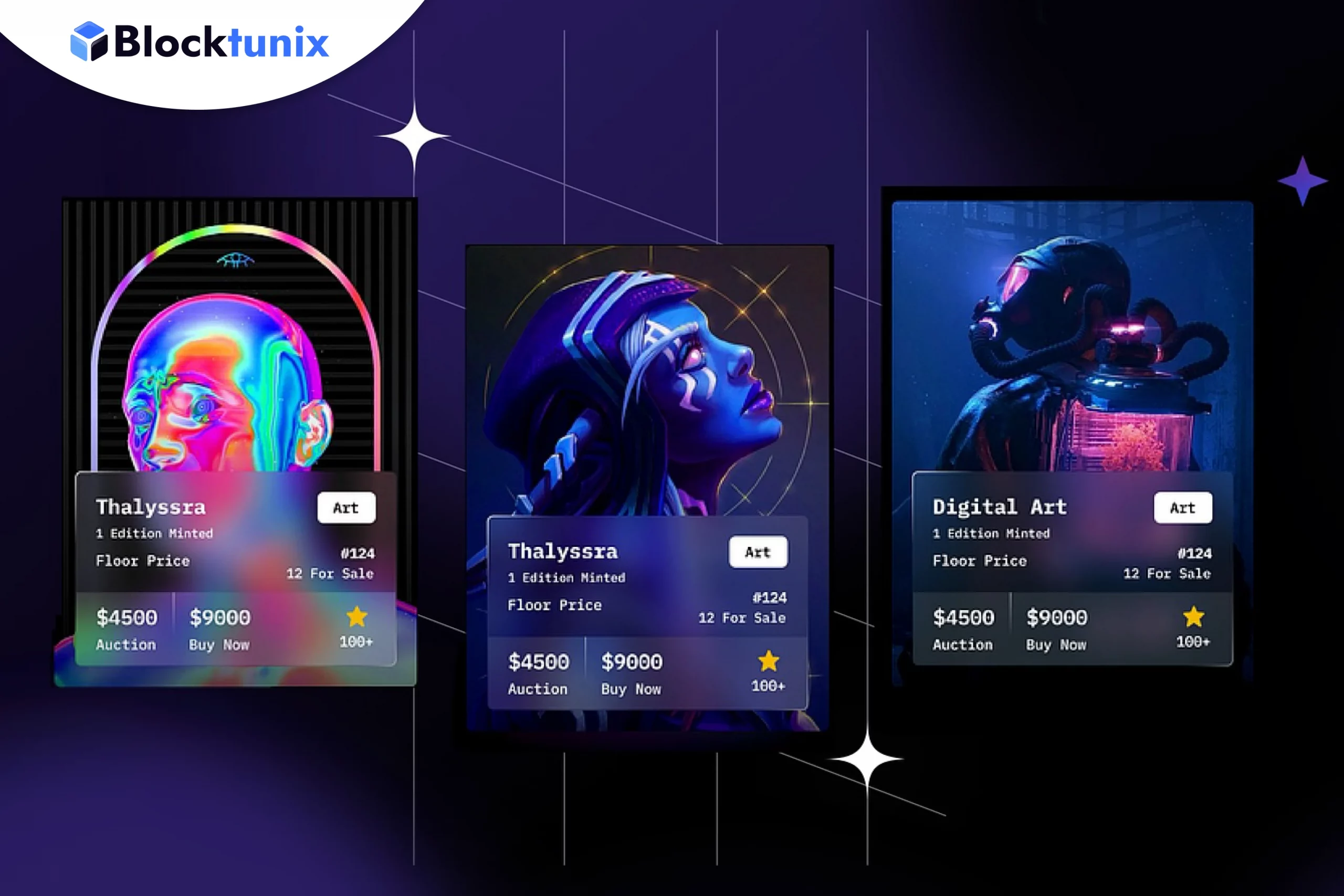
NFT Minting Directly from Lens Posts: Users can mint NFTs—such as digital art or collectibles—directly from a Lens Protocol publication, leveraging integrations with platforms like OpenSea. This removes the need to leave the social feed to participate in NFT drops.
-

Participating in DAOs via Social Interactions: With Open Actions, users can join or vote in DAO proposals directly from a Lens post or comment. For example, a DAO like Friends With Benefits can embed governance participation within a Lens thread, streamlining on-chain voting.
-
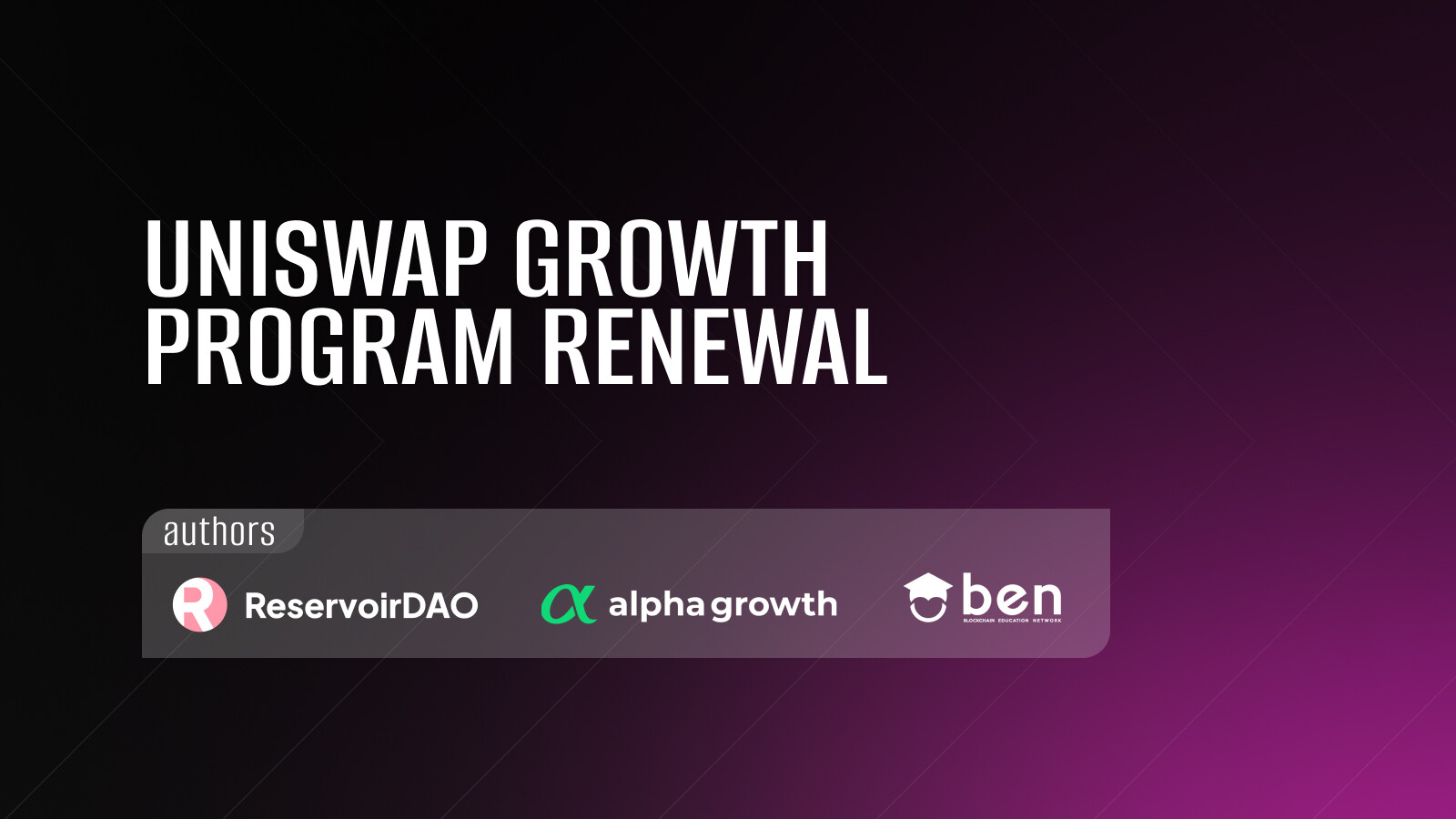
Token Swaps Inside Comments: Open Actions enable users to swap tokens—such as USDC or ETH—within the comment section of a Lens publication, using integrations with protocols like Uniswap. This allows for seamless DeFi interactions without leaving the social context.
-

Rewarding Content Creators Instantly: Fans can tip or reward creators with tokens directly from a Lens post using Open Actions, utilizing services like Superfluid for real-time streaming payments.
-
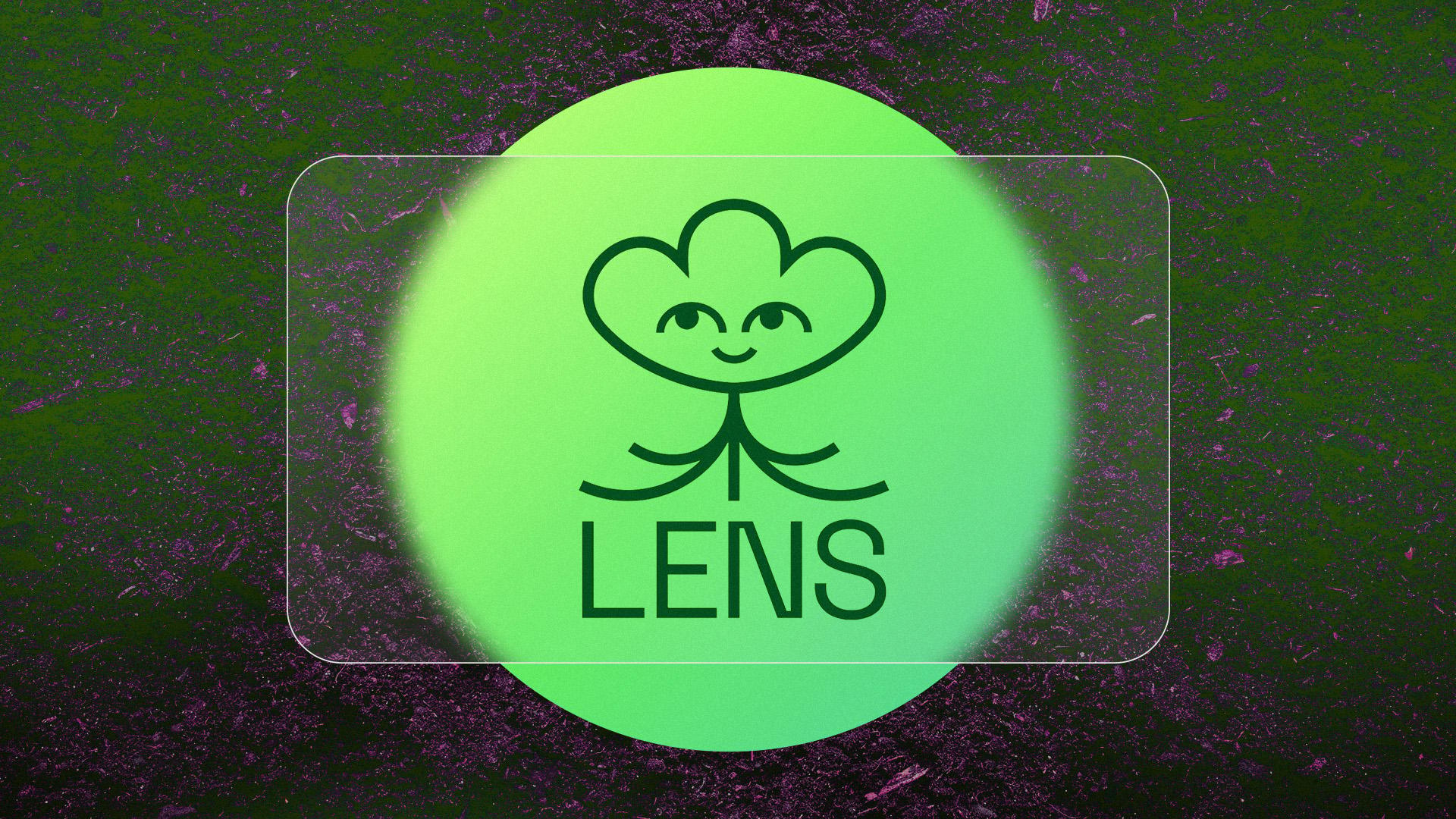
Enabling NFT Profile Ownership and Actions: Thanks to ERC-6551 integration, users can have NFTs own Lens profiles and interact with dApps, expanding the utility of NFTs beyond simple collectibles.
This composability means that any developer can create custom actions tailored to their community’s needs, whether it’s launching a new collectible or enabling in-feed governance voting.
How Do Open Actions Work?
At its core, an Open Action is a smart contract module that connects external blockchain functions to Lens publications. When a user interacts with an enabled post, say by clicking ‘Mint NFT’: the associated action triggers the relevant smart contract call behind the scenes. Depending on configuration, these transactions can be either self-funded or sponsored by the application for even smoother onboarding.
The flexibility here is critical: developers aren’t limited to preset options but can register any EVM-compatible contract as an action. The result? A highly customizable toolkit for automating everything from digital asset drops to ticket sales, all within your favorite Web3 social feed.
The Developer Experience: Building With Automation in Mind
For builders in the decentralized space, Lens Protocol developer automation unlocks rapid prototyping and deployment of new features. The official CLI tool (see GitHub) allows devs to scaffold Smart Post boilerplates in minutes, no need to reinvent the wheel for each new project.
The protocol’s documentation lays out clear guides and bounties for those looking to contribute innovative action modules (Open Actions Directory). Whether you’re integrating existing DeFi primitives or inventing entirely new forms of engagement, Lens makes it possible to automate Web3 social at scale.
- Sponsorship flexibility: Choose who pays gas fees, users or apps, for each action.
- NFT profile integration: Thanks to ERC-6551 support, NFTs themselves can own profiles and interact with dApps natively (read more).
- Ecosystem growth: More developers building means more creative use cases for end users.
Lens Protocol’s Open Actions don’t just streamline user experience, they are fundamentally shifting what it means to build and participate in decentralized app actions. The composability of these modules is already inspiring a new wave of social-first dApps that blur the boundaries between content, commerce, and community governance. As more developers leverage these tools, the surface area for innovation grows exponentially.
Real-World Impact: From NFT Drops to DAO Governance
Consider how NFT creators can now launch collections directly inside a Lens post, allowing followers to mint instantly without navigating away. DAOs are embedding proposal voting within comment threads, making governance part of the everyday conversation. Even token swaps, traditionally siloed in DeFi apps, can be triggered contextually from user-generated content. This is the programmable social layer Web3 has been waiting for.
The integration with ERC-6551 also means NFTs can own and operate profiles, opening doors for autonomous agents, branded avatars, or collective identities to interact natively within Lens-powered platforms. This kind of composability was unimaginable in Web2 social media architectures.
Why Open Actions Matter for the Future of Web3 Social
What sets Lens Protocol Open Actions apart is their ability to make on-chain activity feel as seamless as traditional web interactions. By embedding contract calls into content flows, users stay engaged and developers gain powerful primitives for building sticky experiences. Automation isn’t just about efficiency, it’s about making Web3 accessible and delightful at scale.
This shift also has strategic implications for privacy and user autonomy. Since actions are executed on-chain with transparent smart contracts, users have more control over their data and assets than ever before. The days of opaque algorithms dictating engagement are numbered; programmable automation puts agency back into users’ hands.
Which Open Action use case in Lens Protocol excites you most?
Lens Protocol V2 now lets you mint NFTs, vote in DAOs, swap tokens, and more—directly from your social feed. Which feature are you most eager to try?
Getting Started: Resources and Community
If you’re a developer eager to experiment with Lens Protocol developer automation, start with the official CLI tool (create-smart-post) or browse live bounties in the Open Actions Directory. For those less technical but curious about what’s possible, follow Lens’s evolving documentation or join community channels where new action modules are announced weekly.
The future of decentralized social will be built by those who understand both its technical foundations and its cultural potential. With features like Open Actions leading the way, Lens Protocol is setting new standards for what’s possible when you automate Web3 social, one interactive post at a time.




